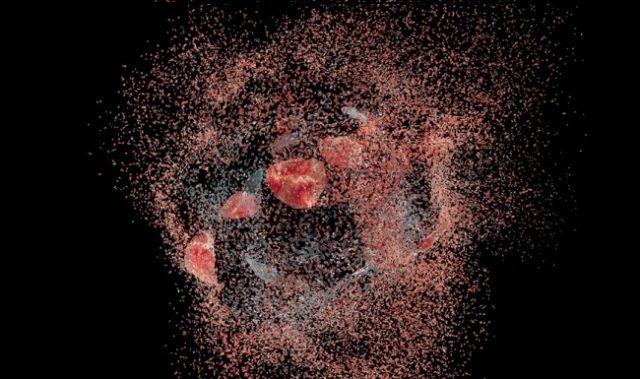
AsianScientist (Oct. 21, 2014) – “Green steel” technology invented at the University of New South Wales (UNSW) has achieved a major milestone, with its use in Australia preventing more than two million waste rubber tires from ending up in landfill.
The discarded tires—which would reach as high as the International Space Station if stacked one on top of each other—were used by OneSteel to manufacture steel in its Sydney and Melbourne facilities.
UNSW Scientia Professor Veena Sahajwalla collaborated closely with OneSteel as an industry partner to develop Polymer Injection Technology, in which old tires and plastics provide a source of carbon to replace a significant proportion of the non-renewable coke used to make steel in electric arc furnaces.
“We are thrilled to have surpassed the two million tire milestone,” says Prof. Sahajwalla, who is Director of the Center for Sustainable Materials Research and Technology (SMaRT@UNSW) in the Faculty of Science. “Our overarching commitment is to get value out of waste and not always put it into landfill.”
Under an agreement with UNSW’s commercialisation company, NewSouth Innovations, OneSteel has sub-licensed the technology to companies in Thailand, South Korea and the United Kingdom and has plans to further commercialize it around the globe.
“Close collaboration between OneSteel and UNSW has turned an innovative idea into a manufacturing reality. We are proud to be able to take it to the world,” says Mr Daniel Miles, manager of steelmaking solutions at OneSteel.
Mr. Miles says Polymer Injection Technology is not only good for the environment, it has financial benefits for the steel manufacturer: “It reduces electricity consumption, lowers carbon injectant costs and delivers yield and productivity improvements.”
Prof. Sahajwalla is now working towards her goal of a 100 percent recyclable car, developing high-temperature technology that can turn waste glass and plastic into valuable metallic alloys—an approach that could also be used to transform electronic waste.
——-
Source: University of New South Wales.
Disclaimer: This article does not necessarily reflect the views of AsianScientist or its staff.












